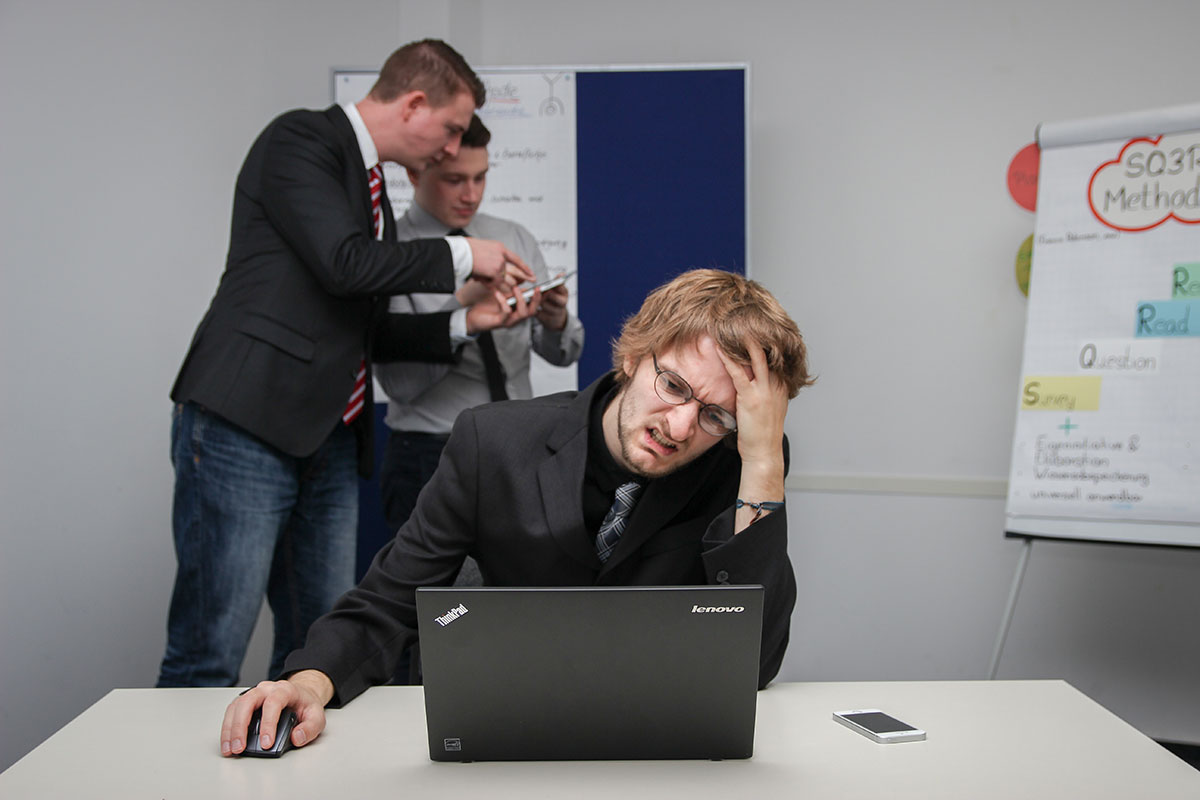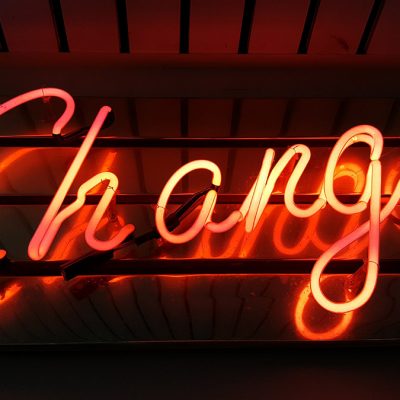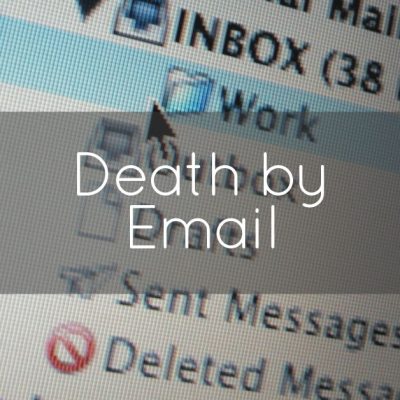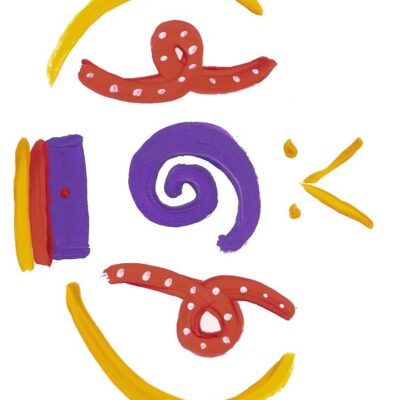
Cognitive dissonance! What is it? Why does it matter in the success of teams, families, communities and organizations?
One of the biggest barriers to organizational health and balance (organizational well being) is cognitive dissonance. It is valuable to develop awareness about it and how to work to get beyond the effects of it. Especially if you are engaged in leadership of any kind.
Cognitive Dissonance: A Definition
Cognitive dissonance happens when a person has two or more contradictory beliefs, ideas, or values. When this inconsistency (or dissonance) happens, the natural desire is to find balance or alignment. Most often, you experience it when you are presented with ‘evidence’ that works against strong beliefs.
If the factual evidence goes against a long-held or strongly-held belief, then what?
According to cognitive dissonance theories, there are three things that happen:
- reduce the importance of the dissonant beliefs – “it’s not really that important, who cares?”
- add more consonant beliefs that outweigh the dissonant beliefs – “I know my belief is true because…”
- change the dissonant beliefs so that they are no longer inconsistent – “I never knew that. I can have a new belief now that I learned something new.”
As someone who seeks to strengthen their personal and professional development, being open to the possibility of changing long-held or strongly-held beliefs when they no longer support you is a powerful opportunity for growth. It is not the easiest of the 3 common approaches, but it is the one that presents the most opportunities.
How to Overcome It
Learning to overcome your personal experiences of cognitive dissonance is an important leadership capacity. It is also the first step in supporting your organization to do the same work.
- Develop awareness about beliefs. People develop strong beliefs during their development. A belief can be perceived as a thought combined with emotion associated with the thought. The emotional charge is what keeps the beliefs strongly held. It is valuable to have conversations about beliefs and to bring into the conversations that beliefs can develop from untested assumptions.
- Develop awareness about cognitive dissonance. Cognitive dissonance occurs when a person is presented with ‘evidence’ that works against strong beliefs. The new evidence cannot be accepted. This causes cognitive dissonance, experienced as a feeling that is extremely uncomfortable. The person takes action to get out of this uncomfortable feeling from a basis of protecting the strong beliefs, even core beliefs, that are being challenged by a different picture of reality than the one created by the beliefs. The person uses protection tactics like rationalizing, ignoring, and even denying anything that doesn’t fit in with beliefs. Can you recognize when you are experiencing this? Think of some times in the past where this may have been true for you. When you can remember what it has felt like before (and all humans experience it to some degree), it can help you recognize it again in the future.
- Identify the belief you hold that is out of alignment with the new information you have learned.
- Once the belief is identified, equip yourself with tools to overcome your cognitive dissonance. This can include identifying a new belief that matches the new information and then strengthening this belief. Strengthen it by finding as much information as possible that supports the new belief or finding humor in the old belief or the situation.
Cognitive Dissonance in Organizations
It is valuable to have conversations about cognitive dissonance with your team, and develop some agreements about what to do together when it is experienced. You might be surprised at the positive impact that awareness about the topic has.
We recommend that you equip yourself with tools to help people work their way through cognitive dissonance during times of intense learning and intentional change as a team or as an whole organization. Learning Whole Person Process Facilitation provides you with a method of facilitation as well as tools to use that assist people working through cognitive dissonance and finding ways to work with new awareness and understanding.
One of the tools that we use within the Genuine Contact way of working is frequent use of facilitated peer-to-peer mentoring circles. At Dalar, we are committed to offering mentoring circles for people who have engaged in learning with us. We do this to enhance learning retention AND we do this to assist those who participate to work their way through any cognitive dissonance that they are experiencing. During 2020, our commitment is shown via sixteen different mentoring circles, all free of charge to people who have taken the associated module. These online mentoring circles are facilitated using Whole Person Process Facilitation adapted for the online environment.
Whole Person Process Facilitation is available as a self-study + one to one mentoring for immediate availability for learning…and application.
Photo by Sebastian Herrmann on Unsplash










Leave a Reply
You must be logged in to post a comment.